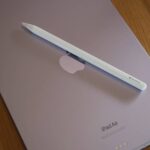Quick review
The good
The not-so-good
The latest generation of iPad Air won’t seem like much has changed, but that’s fine. The 2024 M2 iPad Air is the professional iPad for more people, particularly those keen on saving money.
It’s been an interesting decade or so with tablets, but the category has seemingly settled down. Tablets are everywhere, and while you can find them from Windows, Android, and Apple, there’s clearly a leader with Apple.
The iPad is the tablet that everyone knows, and it comes in several versions: small, regular-sized and comparatively inexpensive, slightly more premium and almost pro, and then the aptly-named “pro” model. We see them all, and while they match different needs and price points, the Air has been an option that has long impressed.
Not quite the premium Pro, but still better than the standard iPad, the iPad Air is a clever middle-ground that aims to offer some of the pro’s capabilities at a better price. In short, you get some of what makes the iPad Pro pro-grade, but not everything, and you might even be able to save some money in the process.
Over the years, the iPad Air has been one of our favourite tablets, just simply because of what it offered. This year, however, the upgrades seem minor by comparison.
A chip change and a new camera position, the 2024 iPad Air doesn’t scream as much “new” as Apple’s other big iPad models. Though you can get the 6th-gen iPad Air in two sizes — 11 inches and 13 inches — we’re reviewing the 11 inch model, which is very similar to 2022’s 10.9 inch iPad Air.
Has enough changed, and does it even matter? Is the 2024 iPad Air a worthwhile tablet for today?
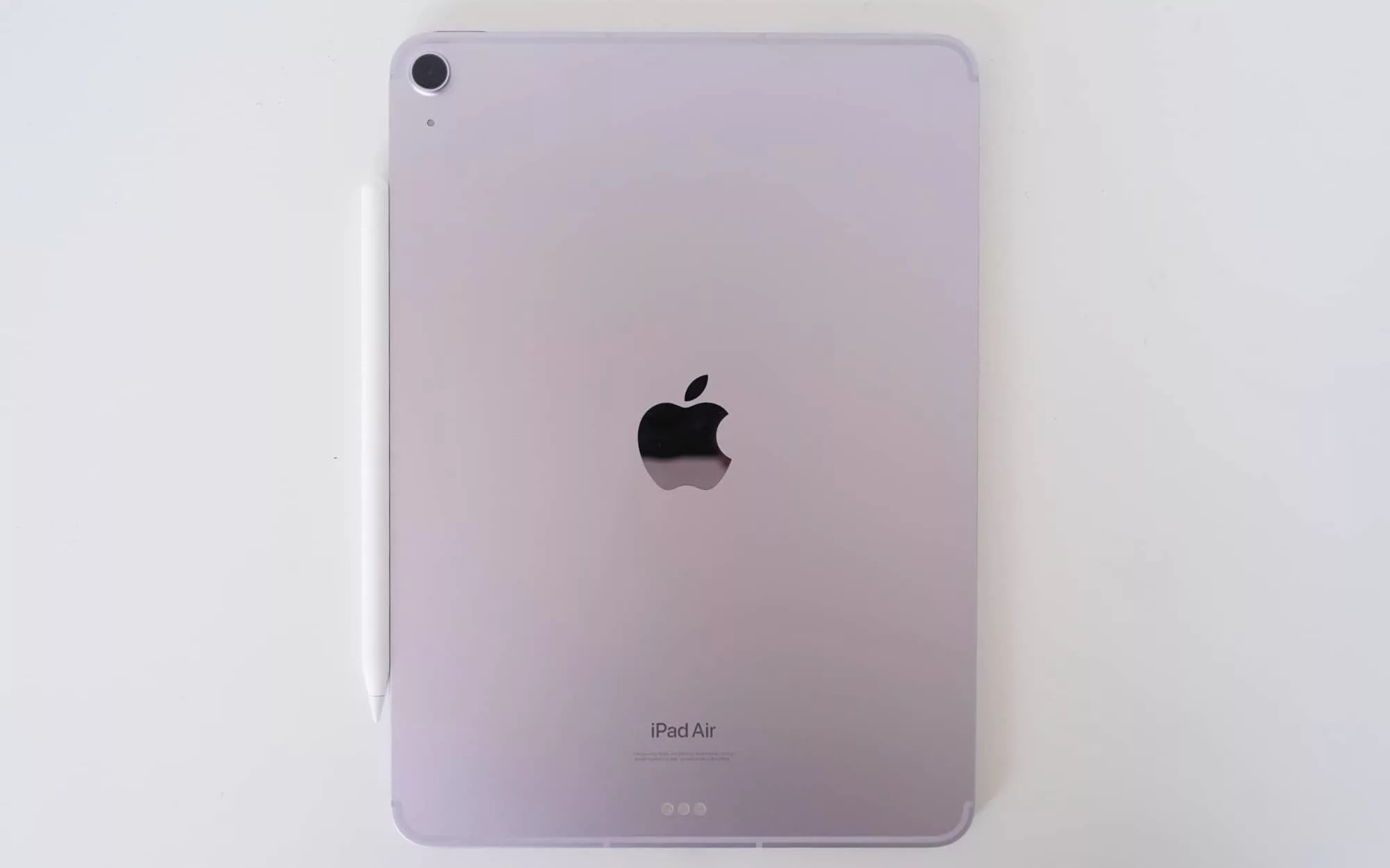
Design
A new iPad Air model with some new innards, most of the design of the M2 Air hasn’t changed. And when we say “most”, we mean pretty much nothing has changed.
Compare the M2 iPad Air to the M1 iPad Air, and you’ll think that they’re the same. And outside of two parts, you would probably be right: the camera has changed position, moving from the portrait edge to the landscape, while the colours have changed and become more muted by comparison.
Our purple M2 iPad Air review model was definitely purple, but it wasn’t anywhere near as blue as the M1 we saw. It’s a very different look entirely, with the colour just not popping the way it once did.
This won’t matter if you stick to space grey because, well, that’s just grey in another name. But the colours aren’t quite as vibrant as they once were, which isn’t a deal breaker, just a point.
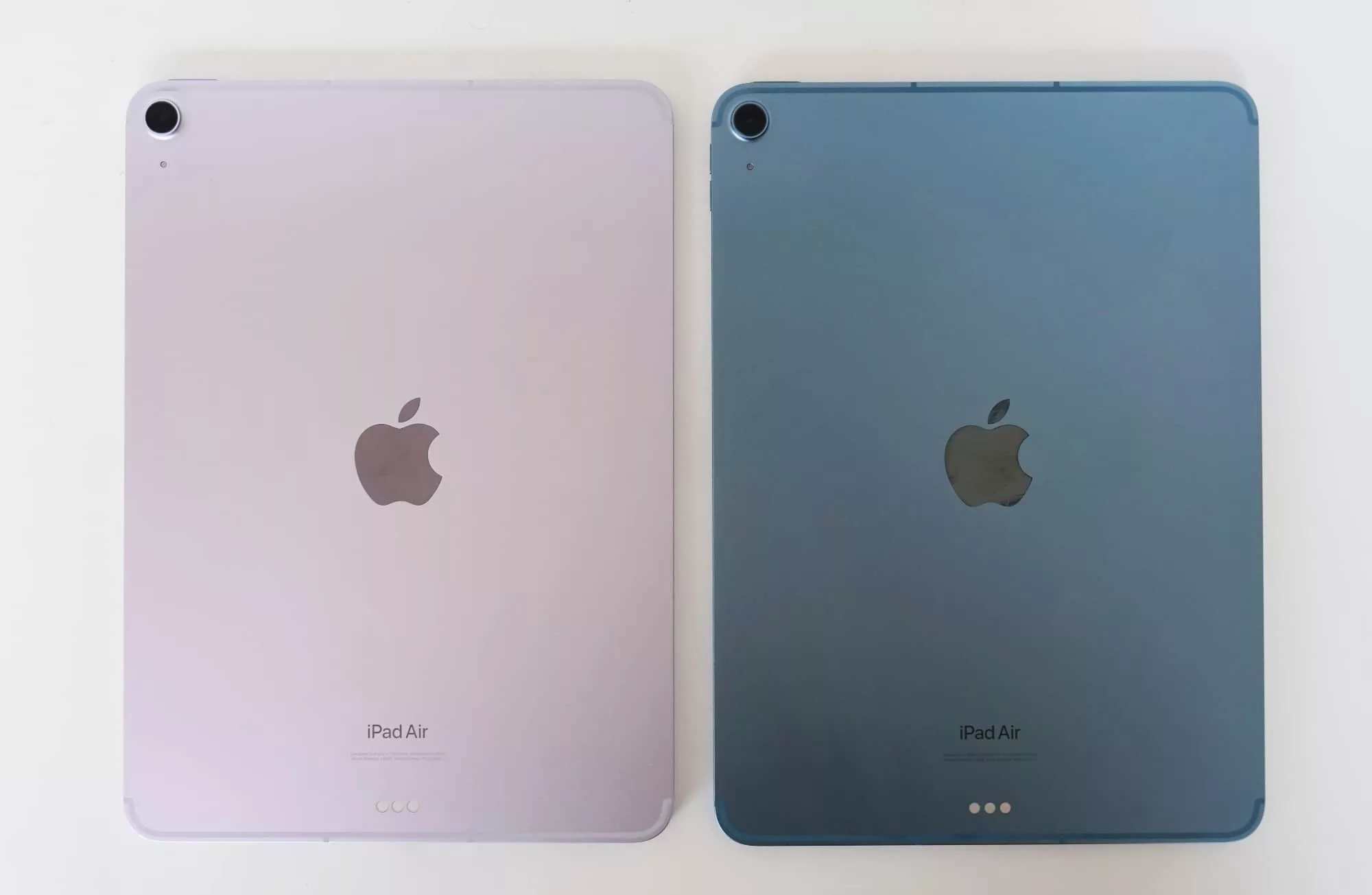
Outside of the lack of change, Apple has kept everything we loved about the iPad Air’s design the same: flat aluminium edges, simple aluminium back, and a clear screen up front with what are now slightly thicker bezels than you might expect from a modern tablet.
It’s not quite as thin as Apple’s spectacularly svelte 13 inch iPad Pro, which features a 5.1mm thickness. By comparison, the Air is 6.1mm. Yes, a whole millimetre!
That said, you’d never even realise there’s a difference: put the two side-by-side, and they both come out as strikingly slim.
In short, the iPad Air looks as good as it ever did.

Features
Inside, the M2 Air is different, thanks in part to that aforementioned “M2” phrasing. Apple doesn’t name its tablets by its chips, but we’re calling it the M2 iPad Air because it’s clearly distinct from the previous M1 iPad Air. Which is to say there’s a chip difference between the two generations much like there was between the M1 MacBook Air and the M2 MacBook Air. We’ve clearly been doing this for too long.
That new chip is the main difference, with the Apple Silicon M2 boasting more processing power, plus a few other changes. The storage now starts at 128GB compared to 64GB prior, and offers options for 256GB, 512GB, and 1TB. The WiFi supports WiFi 6E compared to straight old WiFi 6, and the camera is now on the landscape edge. Little differences.
Most of the package is otherwise the same: both the front and rear cameras are 12 megapixels, Touch ID is found in the power button, there are two speakers on the landscape edge, two microphones, and a design made from aluminium and glass with a weight of 462 grams.
Display

There’s a slight improvement to the screen: the 10.9 inch iPad Air from last time has jumped to an 11 inch iPad Air, but it doesn’t result in any noticeable changes: the screen is still 2360×1640, the display technology is LED-backlit IPS, and it is technically an Apple Liquid Retina display with True Tone white balancing and the P3 colour gamut.
In short, the screen is more or less the same as last time and in the 4th-generation iPad Air before that. Sure, the display is now measured at 11 inches compared to 10.9 and the bezels may be ever so slightly slimmer. Honestly, we can’t tell, and neither will you.
The one feature addition on the screen is support for a hover state with the Apple Pencil, though that may be a result of needing a new Apple Pencil to use on this iPad Air.
In-use
Speaking of which, if you use the Apple Pencil in your life, you can’t migrate the Apple Pencil from the older iPad Air models to this one. It won’t work. Like on the iPad Pro, it won’t even pair; the magnets are in different places.
Instead, you’ll need one of the newer Apple Pencil Pro models to use with the Air, which is a bit of a thing. It was frustrating enough to note that on the iPad Pro, and here it’s a similar vibe.
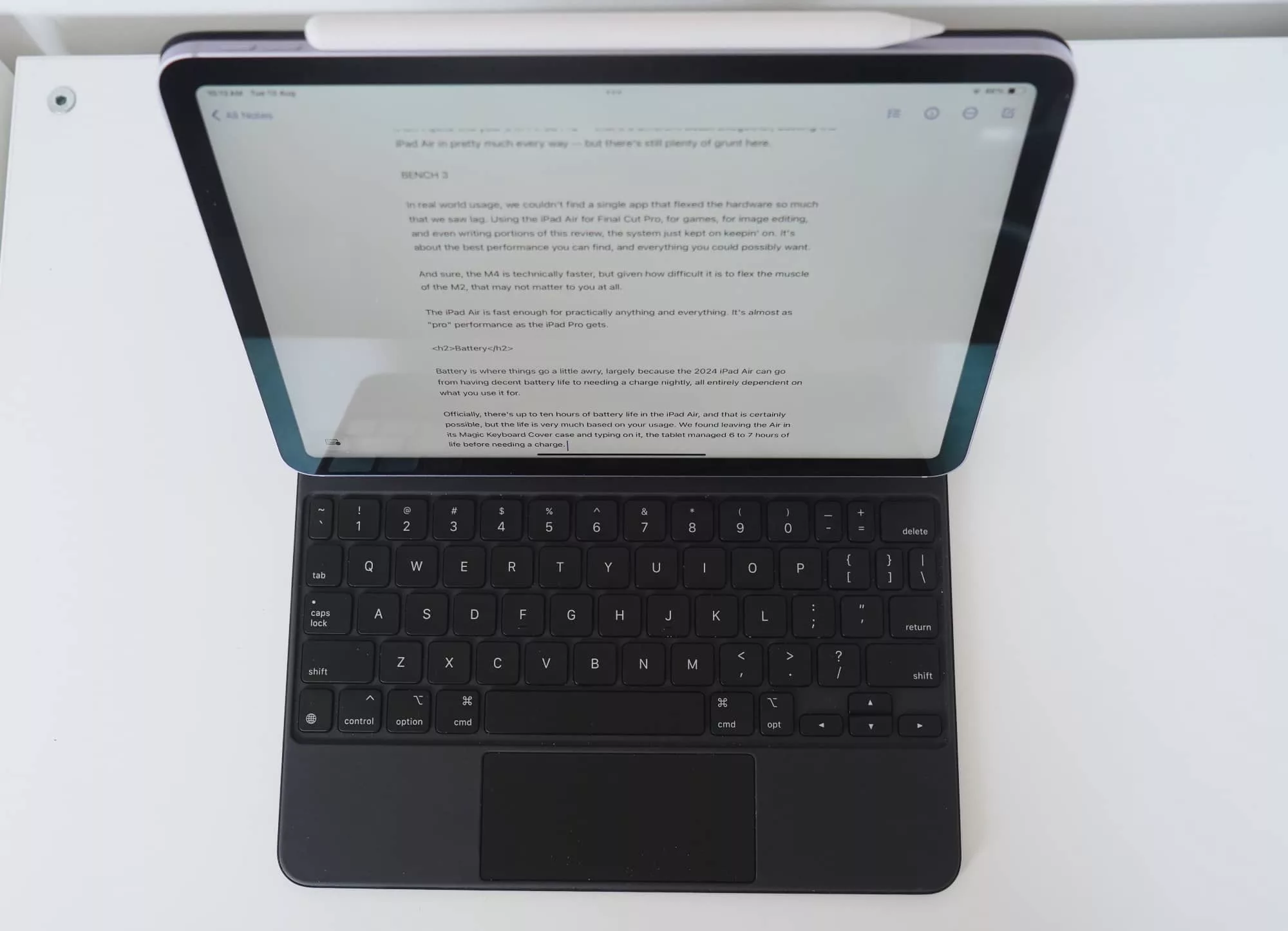
At least you might be able to save a bit of money on the keyboard case: the previous Magic Keyboard Case from the older iPad Air models — and even the older 11 inch iPad Pro models — is supported. So that’s something.
Using the iPad Air outside of the accessories is about the same as it ever was, and still as easy as using a tablet should be. The iPad comes with iPadOS 17 which offers plenty of features to get the most out of using a tablet (distinct from iOS on the iPhone), and iPadOS 18 looks set to expand that when it’s released later in the year.
Performance
Even with iPadOS 17, however, there’s plenty of grunt to work with in this tablet. So much, actually, that you’ll struggle to know what to do with it all.
As it was, the M1 iPad Air before this was fast. This model is even faster.
According to our benchmarks, the M2 iPad Air is roughly twice as fast as the M1 before it, particularly in the graphics department, while it manages almost four times the graphical performance of the 2020 iPad Air, the fourth-generation model. That’s a lot of grunt for sure, and plenty to keep you going for some time.
Based on what we’ve seen and tested over the years, there’s even more power in the M2 Air than the M2 iPad Pro from two years ago, though that could easily come from changes to the operating systems over time.
Sufficed to say, the 2024 iPad Air is fast. Really fast. You’ll be able to get plenty of performance out of its system spec for some time to come.
It isn’t quite this year’s M4 iPad Pro — that’s a different beast altogether, besting the iPad Air in pretty much every way — but there’s still plenty of grunt here.
In real world usage, we couldn’t find a single app that flexed the hardware so much that we saw lag. Using the iPad Air for Final Cut Pro, for games, for image editing, and even writing portions of this review, the system just kept on keepin’ on. It’s about the best performance you can find, and everything you could possibly want.
And sure, the M4 is technically faster, but given how difficult it is to flex the muscle of the M2, that may not matter to you at all.
The iPad Air is fast enough for practically anything and everything. It’s almost as “pro” performance as the iPad Pro gets.
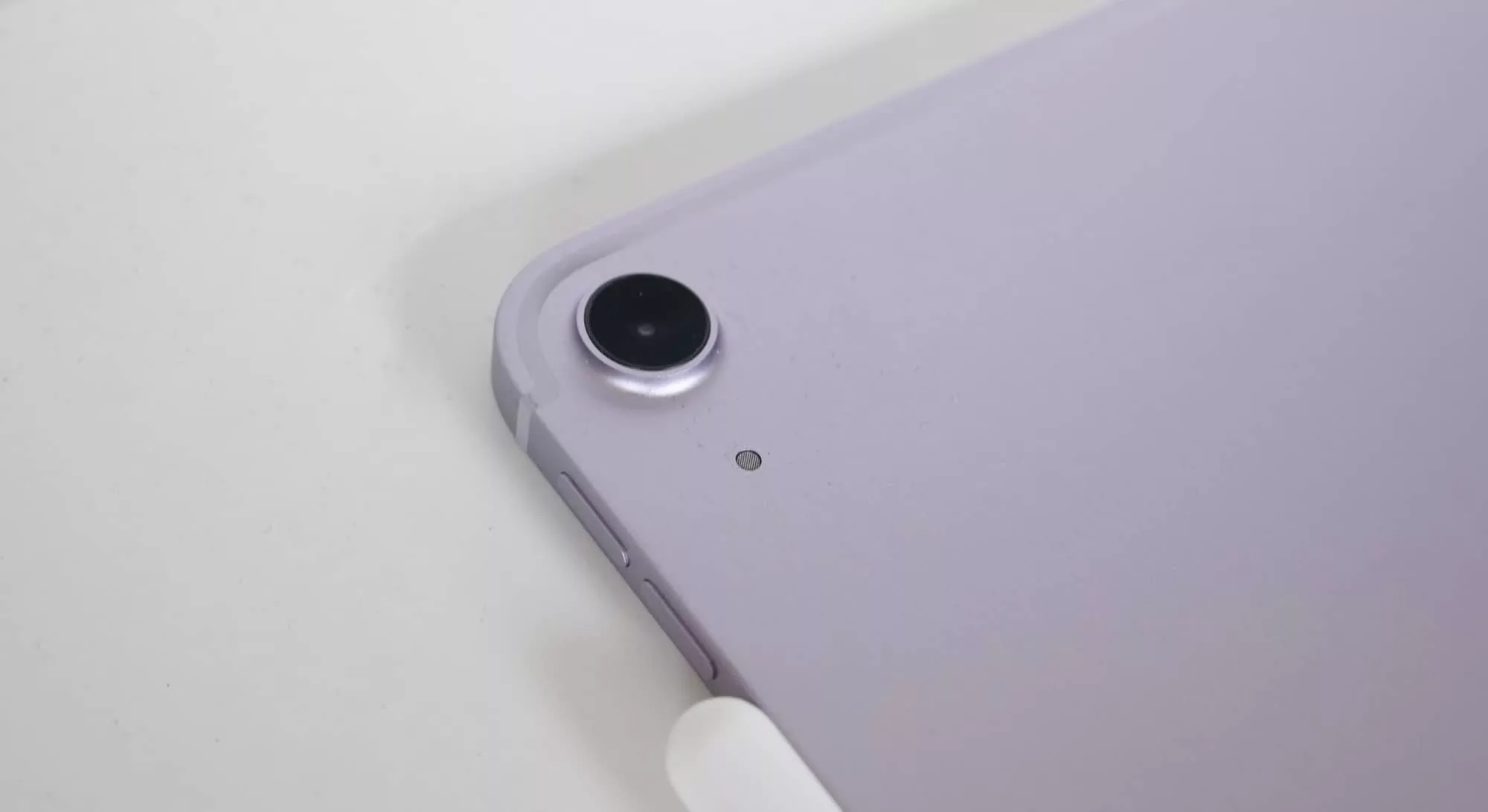
Battery
Battery is where things go a little awry, largely because the 2024 iPad Air can go from having decent battery life to needing a charge nightly, all entirely dependent on what you use it for.
Officially, there’s up to ten hours of battery life in the iPad Air, and that is certainly possible, but the life is very much based on your usage. We found leaving the Air in its Magic Keyboard Cover case and typing on it, the tablet managed 6 to 7 hours of life before needing a charge.
Alternatively, you can use the Air for a few hours a day and charge it several times a week. USB-C is your charging port here, and given how that’s the standard for pretty much everything, that’s easy enough to work with, too.
Value
One thing we love about the iPad Air is its price, especially when you compare it to Apple’s other pro-grade tablet, the iPad Pro.
In Australia, the M2 iPad Air starts at $999 for 128GB in the 11 inch model, which is a good $700 less than the equivalent 11 inch M4 iPad Pro’s $1699 starting price.
Granted, there are clear differences between those models: the iPad Pro has a better screen, twice the storage, a faster chip, and is technically slimmer. But it’s also more pricey, and needs a new keyboard case, too, something the iPad Air does not.
For most people, we’d argue the iPad Air is everything they’d probably need: a fast and capable tablet with just about everything you could need. Content creators who need a faster and more responsive pencil experience will find the Pro their option, but the price difference is fairly hefty, clearly.
We’d argue the Air is just about Apple’s most balanced tablet experience. It has nearly everything you could want.

What needs work?
But it’s not all perfect here, as close as Apple can get it, and that’s largely because nothing feels like it has changed, even if the iPad Pro has managed to get better.
The M1 was already fast, and the M2 is just that little bit quicker. You also don’t get a SIM card slot in this generation, as Apple moves to eSIM only. We’re a little disheartened by that, but things are going that way across the industry it seems.
Mostly, the issues with the M2 Air are such that none of them are deal-breakers, just points that you can argue. The colours are more muted, you need a new Apple Pencil Pro to use the Apple Pencil at all, Apple’s high-speed screen tech “ProMotion” is still missing in action on this model, and there’s still no Face ID, as Apple opts for the less high-end TouchID in the power button.
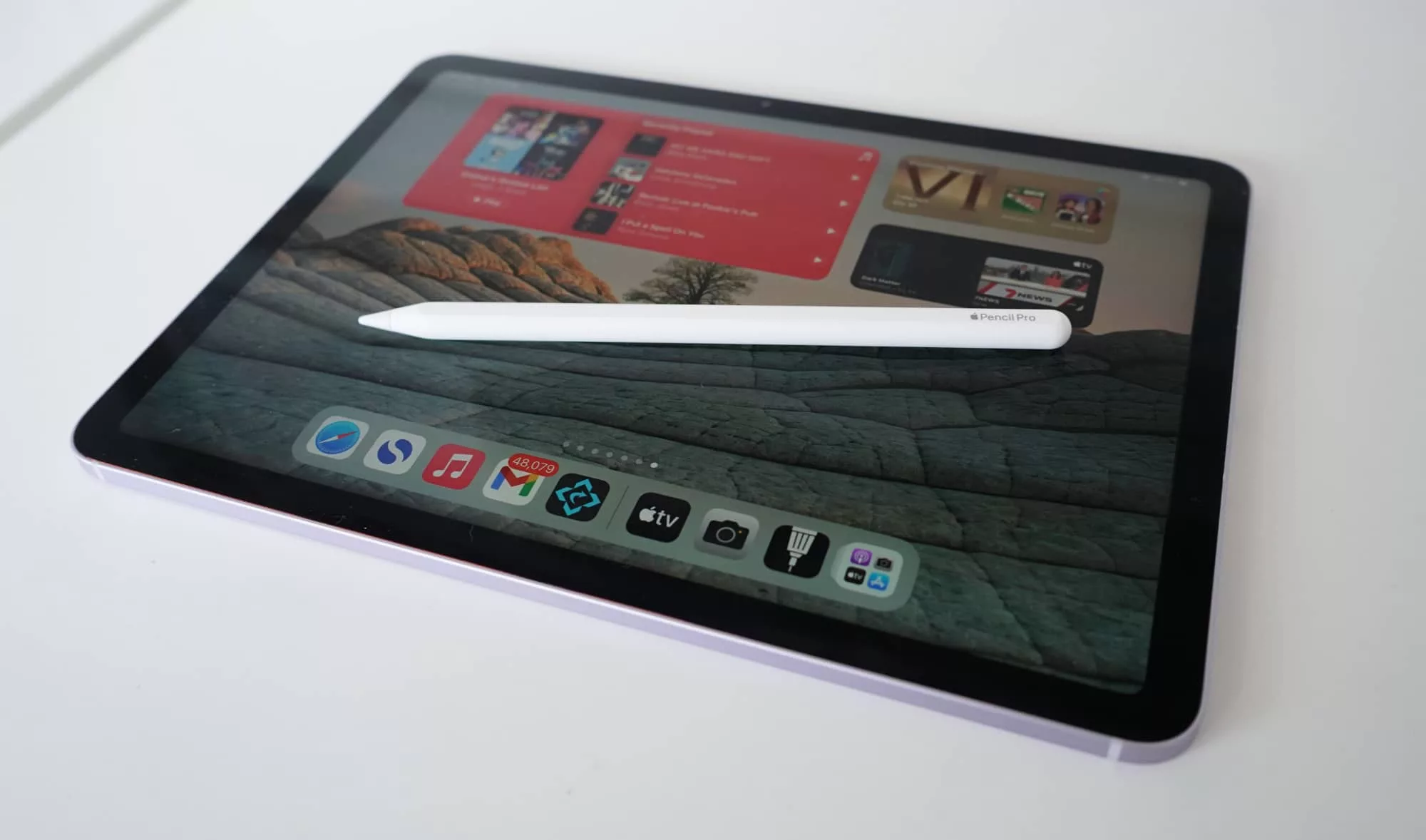
Final thoughts (TLDR)
All are niggles and none are absolute deal-breakers. Collectively, there’s little here that would do to dissuade.
Whether you’re upgrading from a lower iPad or just outright going for a new tablet focused on more than mere content consumption, this year’s iPad Air is a winner. Te M2 iPad Air is a solid tablet with a clear focus on value.
If the iPad Pro was about breaking ground in tablets, the iPad Air is about breaking value, finding a point between pro-grade and everything else with a package that works.
Sure, very little has changed and Apple fans will view this iPad as “unexciting”, but that’s fine. It’s a well-balanced iPad Air. It may as well be the professional iPad for everyone else not planning to spend up big. And that’s A-OK. Recommended.
